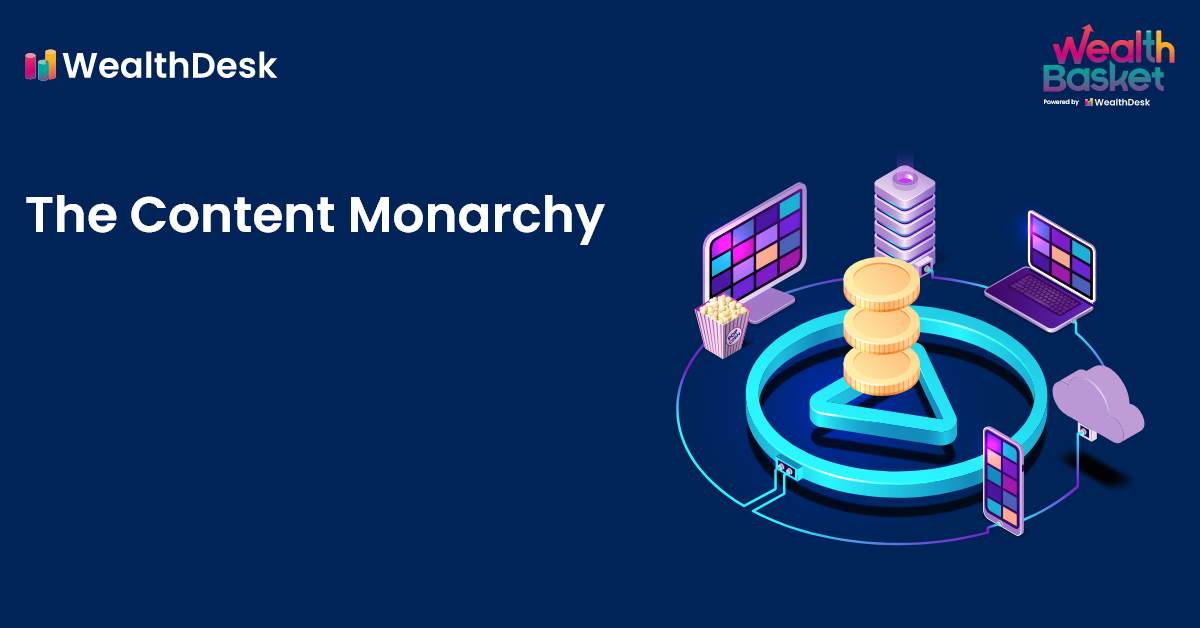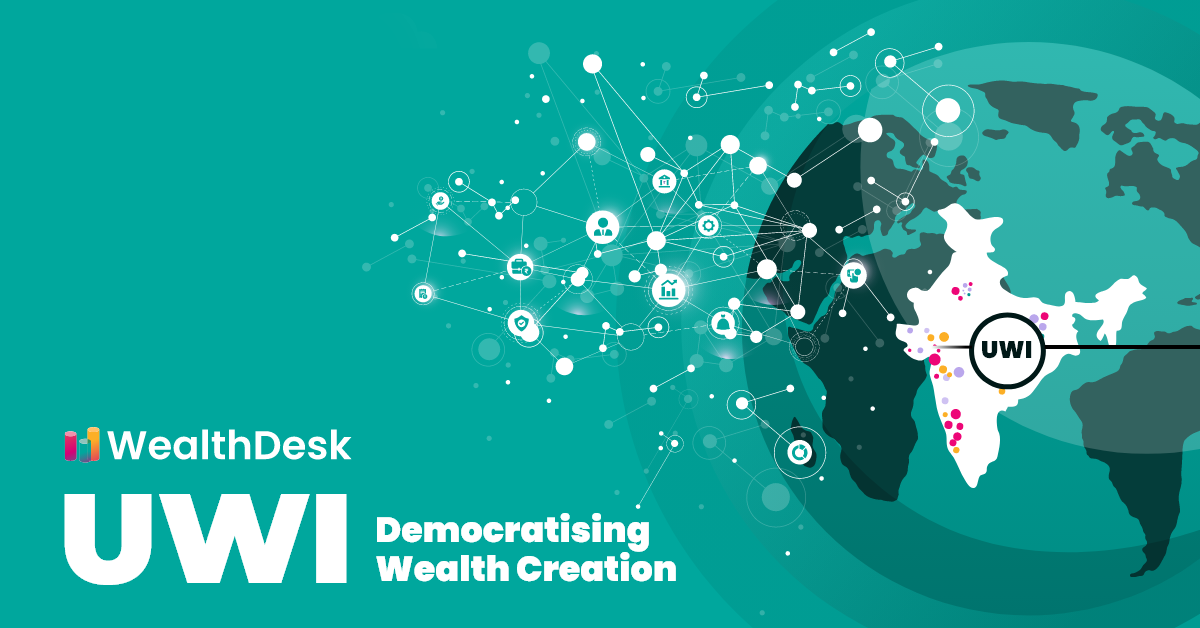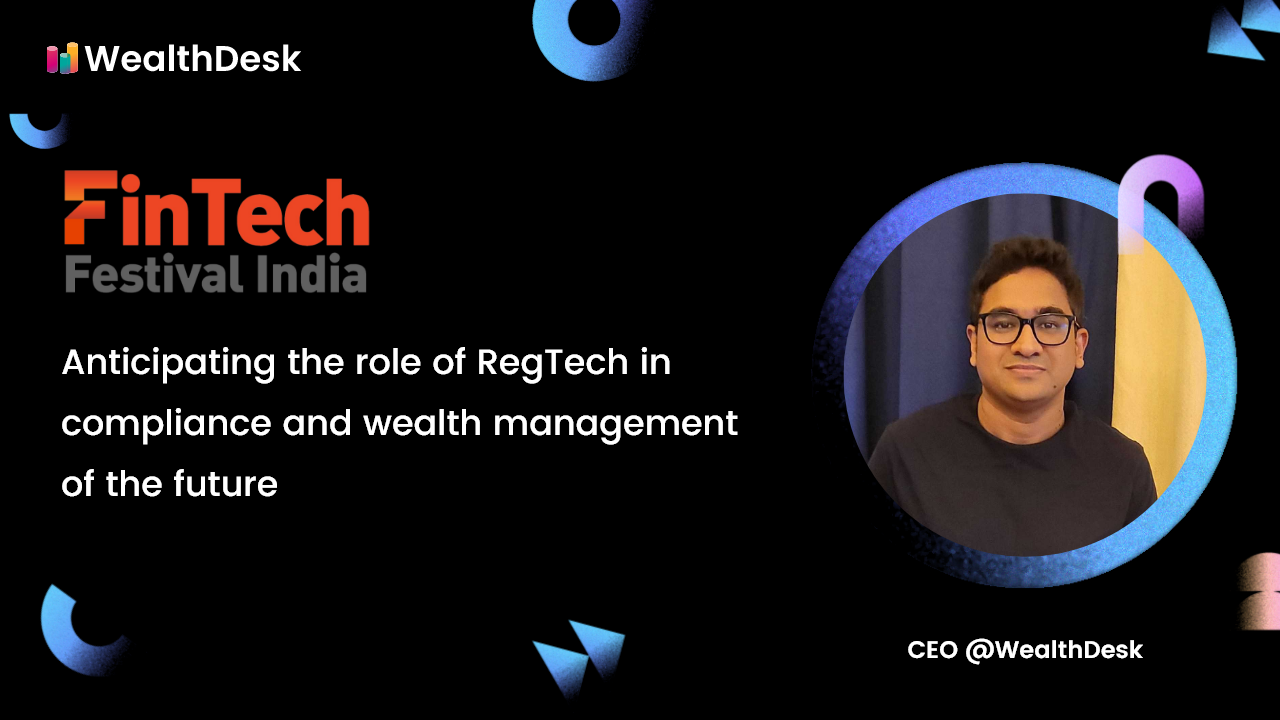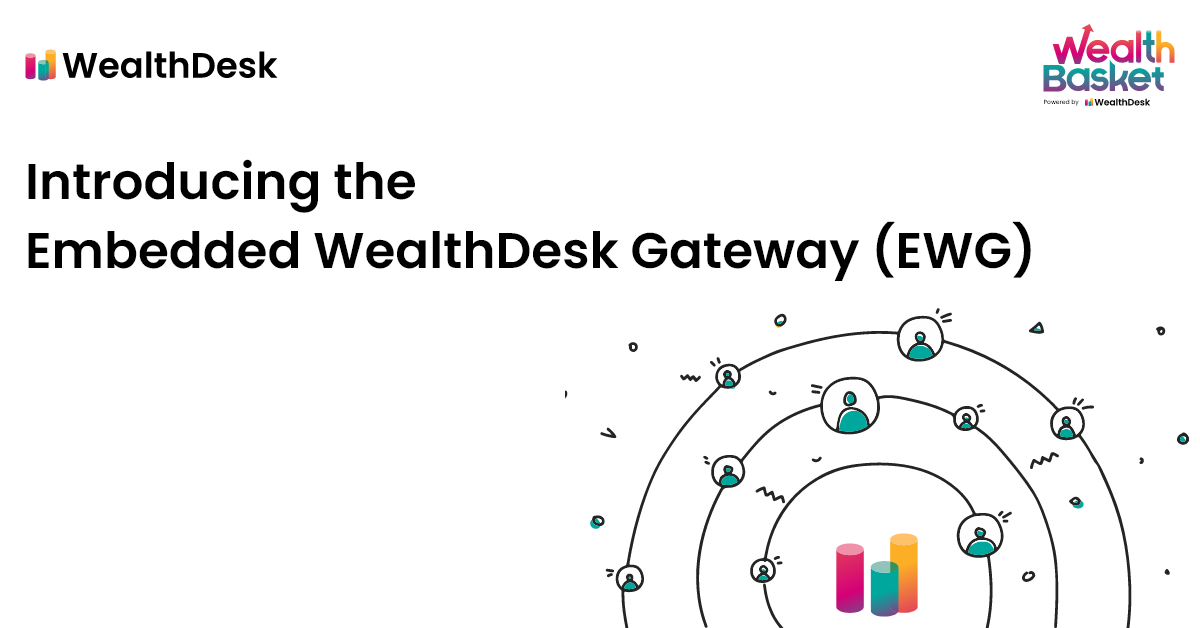‘Content is King’, a cliched phrase, variations of which possibly date back to the 1970s, remains as relevant today as it did then. My bet is that with the internet becoming almost ubiquitous, the relevance of content is only set to increase further. This is because content holds universal appeal and can be molded into any context. For example, when the phrase was first used in 1974 in a book authored by J.W. Click and Russell N. Baird, it mainly referred to magazine articles. Later, Sumner Redstone popularized it with reference to programming and Bill Gates took it to the stratosphere in the 1990s while referring to software.
For long, content has been a key differentiator, capable of attracting and retaining customers and engendering both trust and loyalty. However, is it time to disrupt the monarchy and create a republic? The recent statement made by Netflix CEO Reed Hastings during the company’s earnings call can be telling. He said, “The great news is in every single other major market, we’ve got the flywheel spinning. The thing that frustrates us is why haven’t we been as successful in India, but we’re definitely leaning in there”. What makes India so challenging for Netflix? Are we, as Indians, more content conscious? Or, is the definition of content changing and becoming more holistic in nature? It’s most likely a heady mix of both.
Inke pass aisa kya hai jo Netflix ke pass nahi hai?
Let’s visit the quality and depth of content angle first and compare Netflix offerings with its competitors like Disney+Hotstar or Amazon Prime, both of which have more subscribers than Netflix in India. In terms of the library or content repository, Netflix would probably score ahead of these companies. However, what Disney+Hotstar has is sports – IPL, Cricket World Cup, EPL – attracting swathes of people during the season. In a subscription business, providing that little extra always helps. On the other hand, let’s look at Amazon Prime. Content-wise it is average, has a few hits in its kitty, but that’s about it. However, what it offers customers is a lot more than content, thereby changing the definition of content itself. Amazon Prime has fast delivery – an added offering which makes it a compelling choice for nearly 26 million subscribers in India.
So, what Disney+Hotstar and Amazon Prime have basically done is expanded the definition of content and ensured that they are able to add value to the customer in myriad ways. This tells you that today consumers’ definition of paid content has become very expansive and goes beyond the simplified context of the internet. Inarguably, content still holds a position of prestige. However, what consumers today desire is comprehensive content that can sufficiently meet their myriad needs in a seamless and cost-effective manner. The bottom line is that if a platform is built to commoditize distribution at scale, which in case of Netflix, Amazon-Prime, and Hotstar is video content and beyond, it needs to enable an ecosystem play which can serve customers’ unique content needs at internet scale.
Unified Wealth Interface(UWI) – Enabling a comprehensive investment ecosystem
And this is where the financial services ecosystem needs to take note. It needs to create and become a part of a larger ecosystem that is focused on meeting the end-to-end needs of consumers. Similar to the Unified Payment Interface (UPI) moment for internet e-commerce and Digital payments, we must create a Unified Wealth Interface or UWI that can potentially transform the financial services ecosystem and engender an internet economy where different types of service providers can seamlessly offer wealth and investment solutions to customers. At the heart of this will lie the ability of UWI to ensure that every form of content, based on its expanded definition, is delivered to retail customers in a seamless manner. In a UWI powered ecosystem, you would be able to access guided stock research, invest in curated portfolios like WealthBaskets, and optimize your portfolio regularly or focus on customer goals to build and manage customised portfolios that holistically meet their unique risk-return requirements. All of this would be available to you with seamless execution through your preferred Broker powered by the Embedded WealthDesk Gateway(EWG) that would seamlessly connect you to different Broking platforms for executing your trades.
In the backdrop of such an environment, it is evident that the narrow definition of content will no longer serve to act as a differentiator. Something like a UWI can create an integrated ecosystem where all stakeholders of the financial services ecosystem can talk to each other, integrate services offerings, and provide a holistic experience to the most important stakeholder, i.e., the consumer. This will become the differentiator of the future.
While content will continue to remain king, it will inevitably break out of its narrow confines and encompass a wider set of offerings. The WealthDesk Platform is well-positioned to leverage UWI and ensure that content in all its forms can add value to retail customers.


















